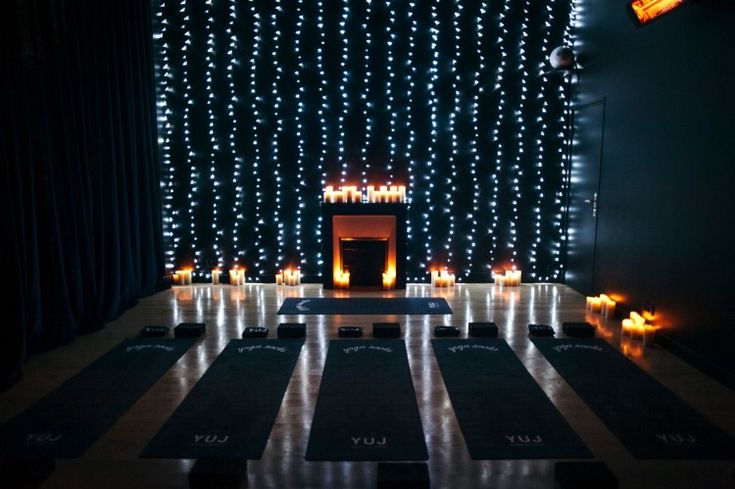Sun Salutation
- Rosie Lux
- Jul 21, 2021
- 2 min read
Updated: Oct 31, 2021
In classes recently, we’ve been practicing the Sun Salutation. A relatively modern addition to the 4,000 year old yoga tradition. Sometimes called Surya Namaskar, because Sanskrit makes everything feel traditional, ancient and adds a certain je ne said quo.
You can read plenty of articles that claim you have to practice the Sun Salutation 10 times, or even more irresponsibly 108 times (cracking way to pick up a back injury if that’s what you’re into) every day at sun rise. But there’s no truth to that, you might like to… but that isn’t the point.
The idea of the sequence is to move, breathe and welcome in the light, because sunlight can improve mood. There’s no doubt about it; a little bit of sunshine can make a world of difference. When it’s dreary and dark we can feel a little low and lethargic. When it’s a bright and sunny, we often feel happier, more energetic. Why is that? When light enters the eye, it stimulates neurons in the hypothalamus, a part of the brain that influences mood. These nerve impulses travel to the pineal gland, which regulates serotonin, the so-called feel-good hormone. On the other hand, when it’s dark, the pineal gland secretes melatonin, a hormone that controls sleep patterns by causing drowsiness.

It doesn’t matter how modern or ancient the Sun Salutation may be. What I like most is how many cultures consider light a symbol of consciousness and self illumination. Maybe you choose to practice a version of a sun salutation during your week. There is no set sequence... The very idea is pretty comical isn’t it?! How can someone have organised postures in exactly the right way for all of us to connect with the light? My advice, if you want it is to Do Your OM Thing.
Sometimes my Surya Namaskar looks like this; I keep my blinds open so I wake up early with the light, and on really warm days it’s a case of rolling out of bed and going for a walk, basking in the light before it becomes too intense, plants like poppies close up overnight, so I like trying to catch them before they’ve fully opened up. The word namaskar stems from namas, which means to bow to or to adore.
I’d love to hear your very own way of adoring the light.




Comments